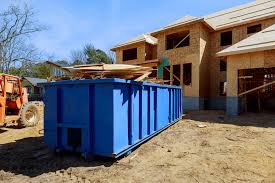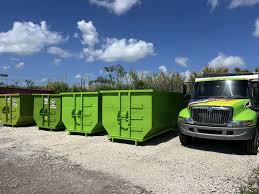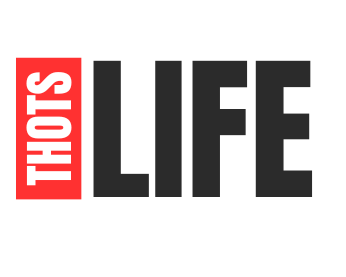Renting a dumpster allows you to complete your home projects clean and organized. You can use a dumpster rental to hold debris and junk from renovations, roof repairs, decluttering, and other projects. Units come in varying sizes and dimensions and can be rented for your project. Here are three tips for renting a dumpster:
1. Find the Right Service and Size
Dumpster rental services offer temporary solutions for short- and long-term projects. You may rent a dumpster for an event, decluttering, or small renovation project. Rental policies also accommodate long-term rentals for large construction sites. You can schedule swap-out services involving weekly or monthly collections based on the volume of waste you need to be hauled away.

Dumpsters come in various sizes to fit small, medium, and large-scale projects. You may need a:
- Small unit for home renovations or cleanouts
- Medium dumpster for mid-size projects like roof repairs and remodeling
- Large unit to hold waste from large-scale projects like ground-up constructions.
Find the right size to avoid overspending on unused space or multiple units. Roll-off bins are ideal for dirt and small debris, while sizing up may be beneficial if you have bulky items that are challenging to flatten. Check the unit’s dimensions to find one that fits your designated location and space.
2. Check Policies and Local Regulations
Why Disposal Rules Are Important
Not everything can go into a dumpster, and violating disposal rules can lead to fines or additional fees. Waste management regulations vary by city and state, so knowing what’s allowed is crucial.

What You CAN Dispose of in a Dumpster
- Household junk (furniture, clothes, toys)
- Construction debris (wood, drywall, metal)
- Yard waste (branches, leaves, grass)
What You CAN’T Dispose of in a Dumpster
- Hazardous waste (paint, chemicals, batteries)
- Electronics (TVs, computers, refrigerators with Freon)
- Tires and certain appliances (many require unique disposal methods)
3. Plan for Placement and Permits – Avoid Last-Minute Issues
Dumpster placement, delivery and pickup schedules, and usage impact how efficiently you can use your unit. Optimizing placement lets you position the dumpster where you or workers can easily access it. Choose a location away from power lines, tree limbs, restricted entryways, fire hydrants, and busy streets. The dumpster should also be away from workers’ paths to load materials, equipment, and tools on a construction site. For parties, dumpsters should be kept accessible but safe from the audience to maintain safety and aesthetics.
Where Should You Place Your Dumpster?
Finding the right location is more than just convenience—it ensures smooth pickup and drop-off while avoiding damage to your property.
- Driveway: A flat, paved surface is ideal, but make sure it can handle the weight.
- Street: Some neighborhoods allow on-street placement, but you may need a permit.
- Yard: This can be an option, but soft ground can lead to sinking, especially after rain.
Do You Need a Permit?
Most cities require permits for dumpsters placed on public streets or sidewalks. Contact your local municipality before booking to avoid fines.
Find a Dumpster Rental Today
Dumpsters are convenient containers for waste disposal in various home and commercial projects. Whether you want to rent a dumpster for a couple of days or several months, you can find the ideal unit size and rental terms. Speak to a dumpster rental company today to learn more about your options.

